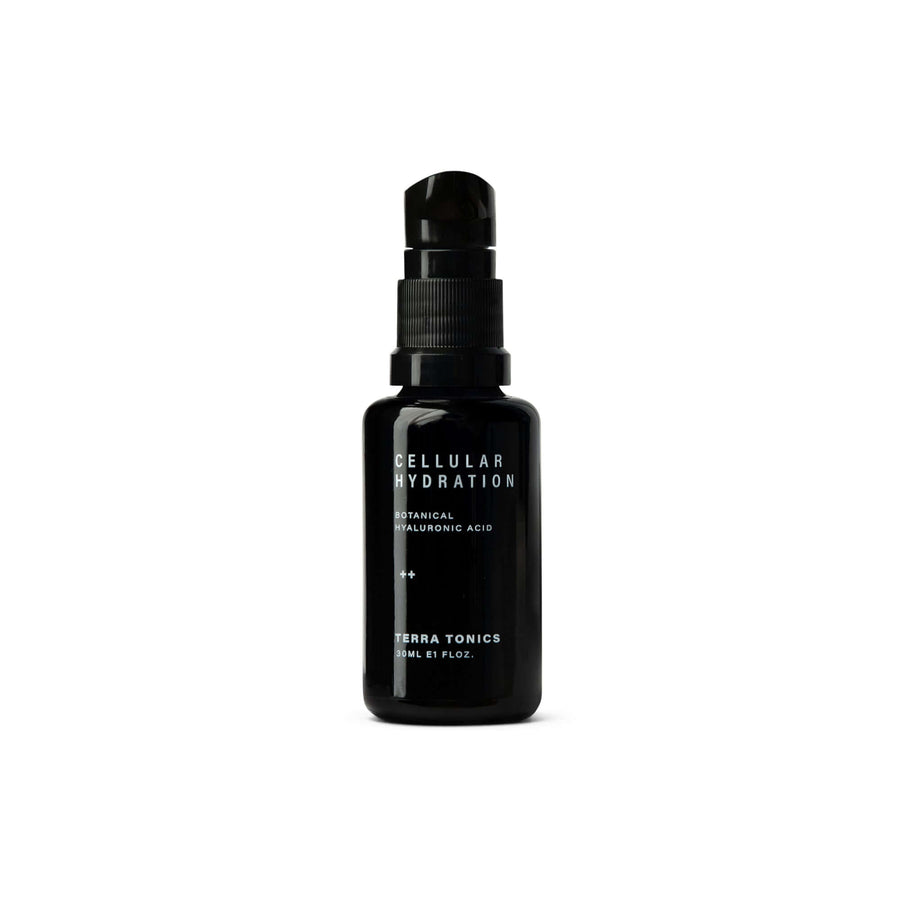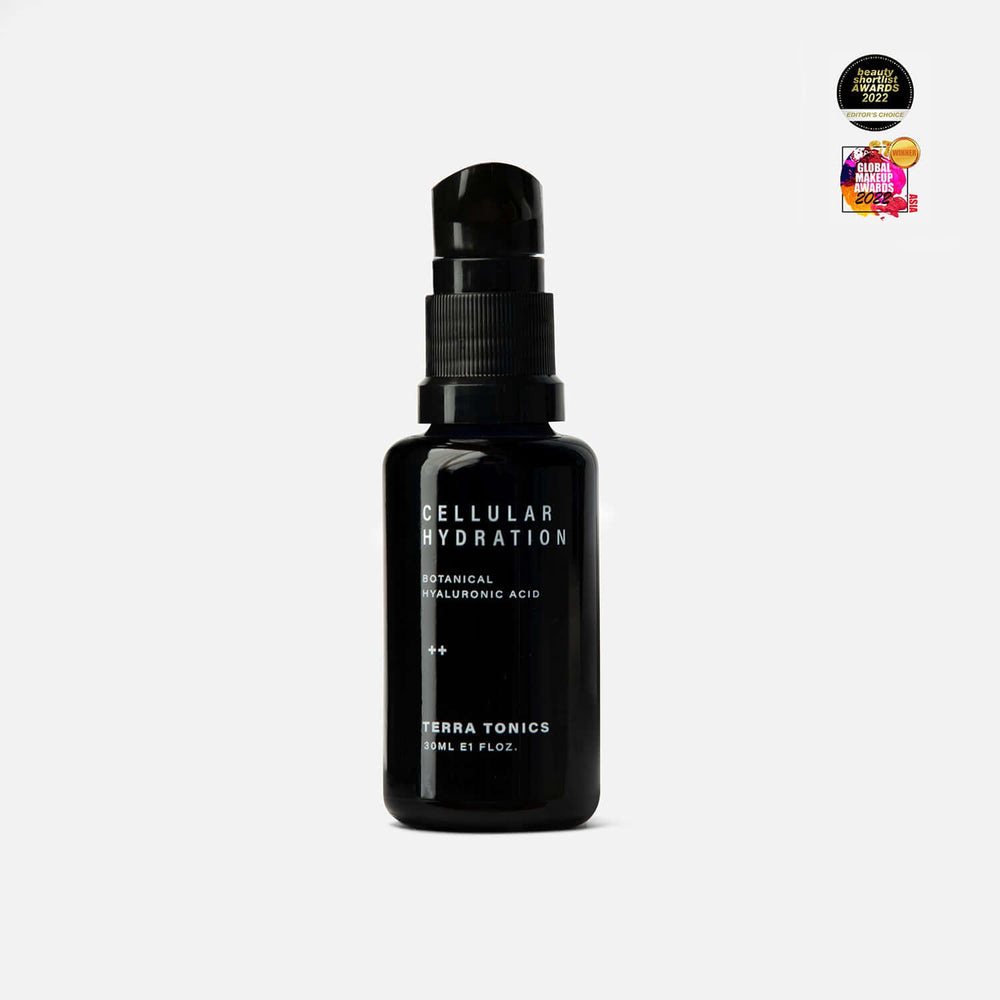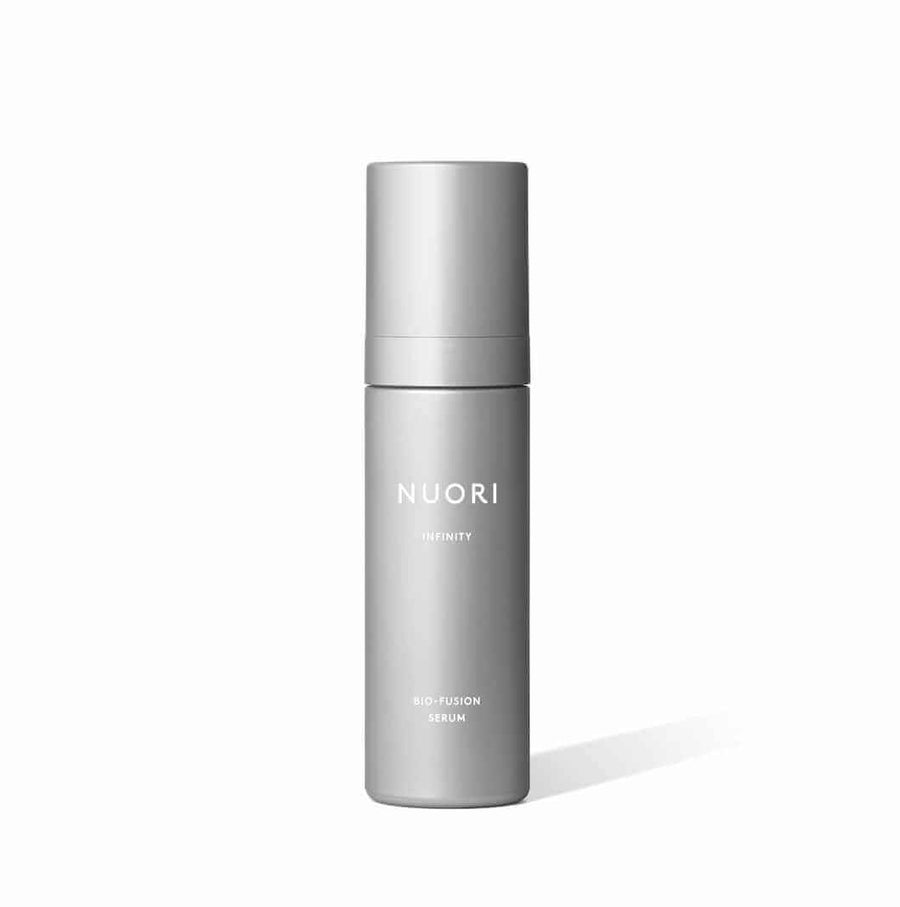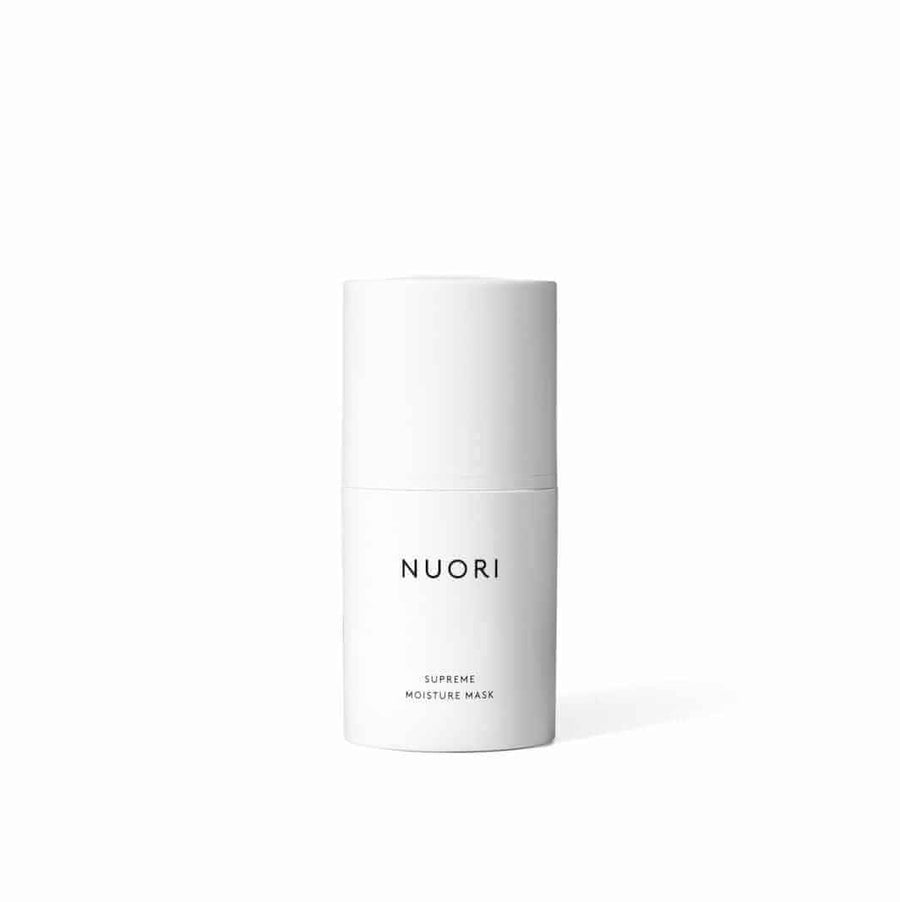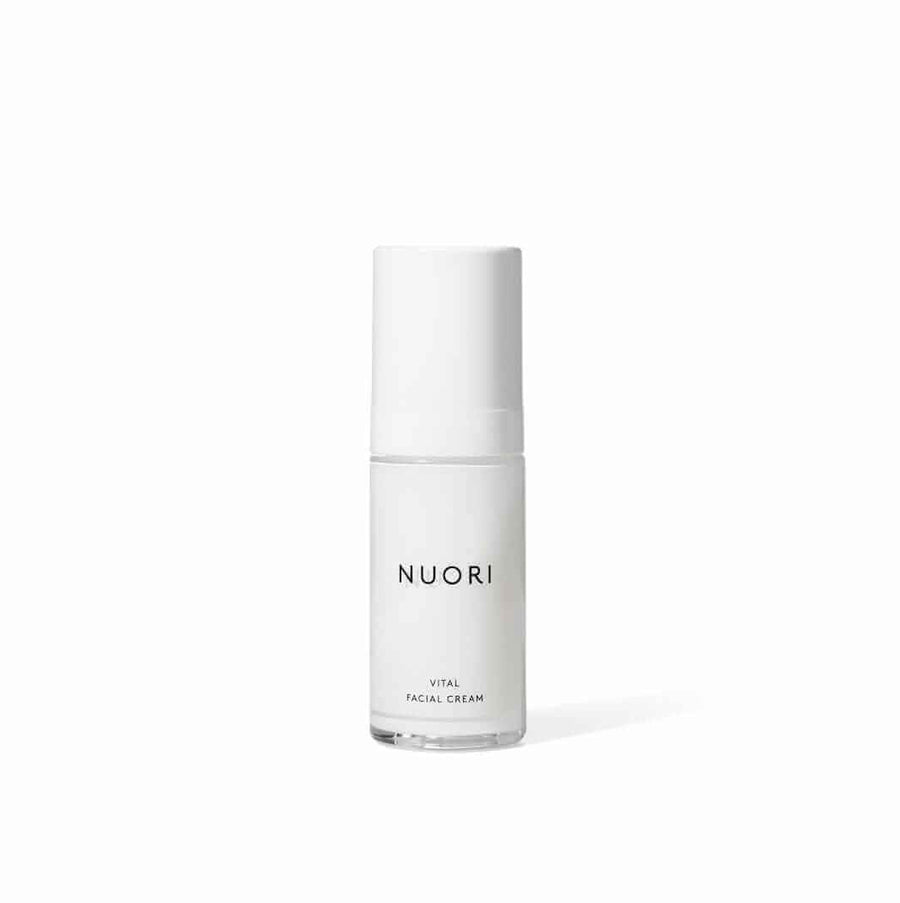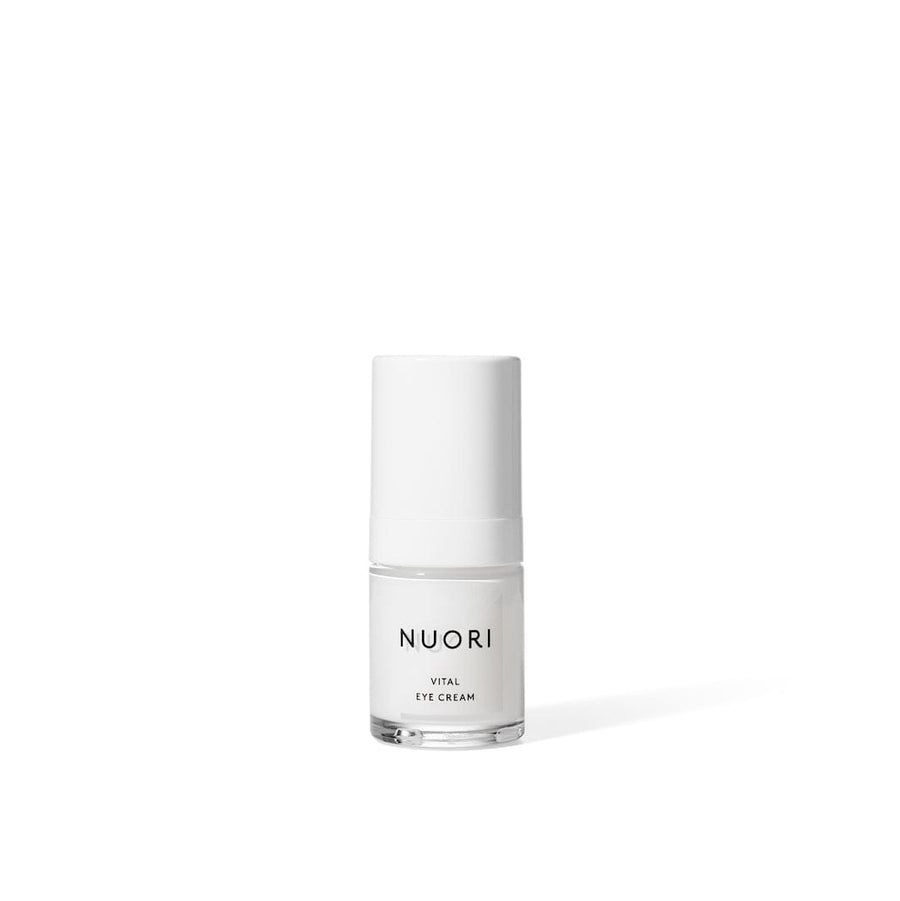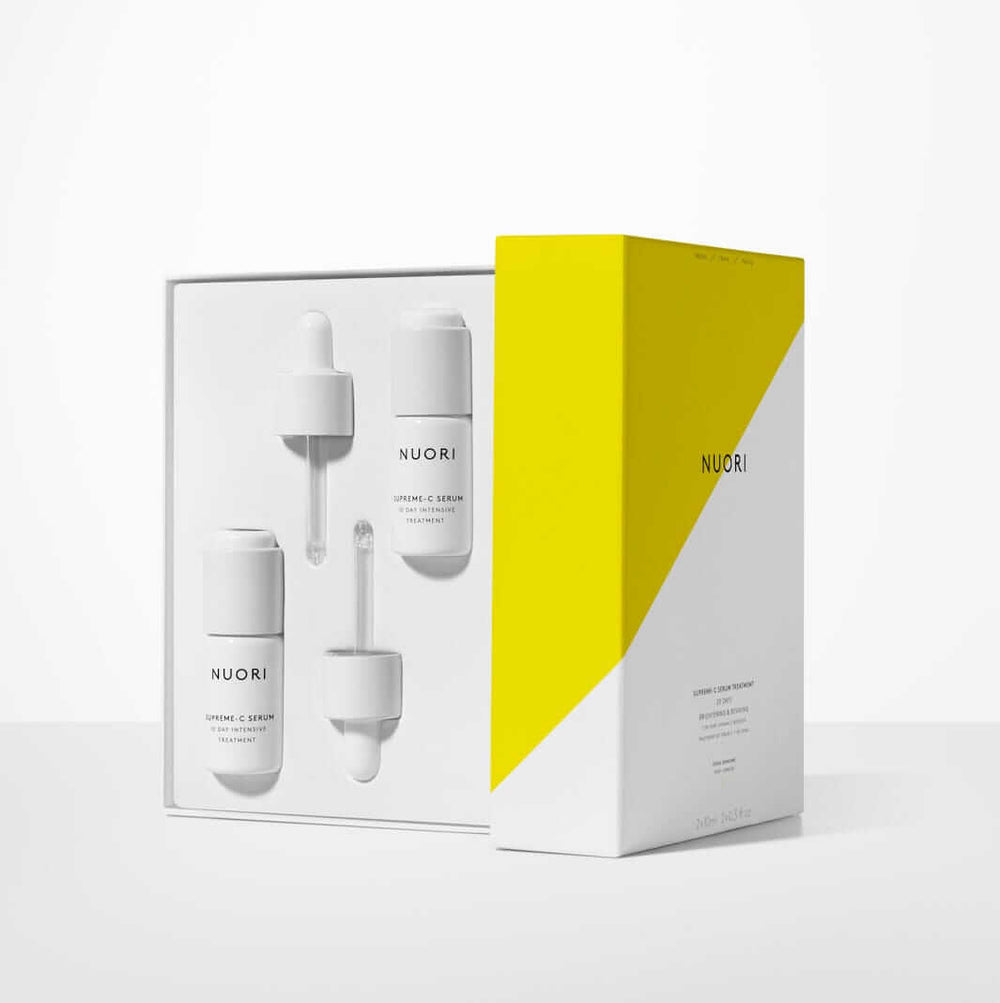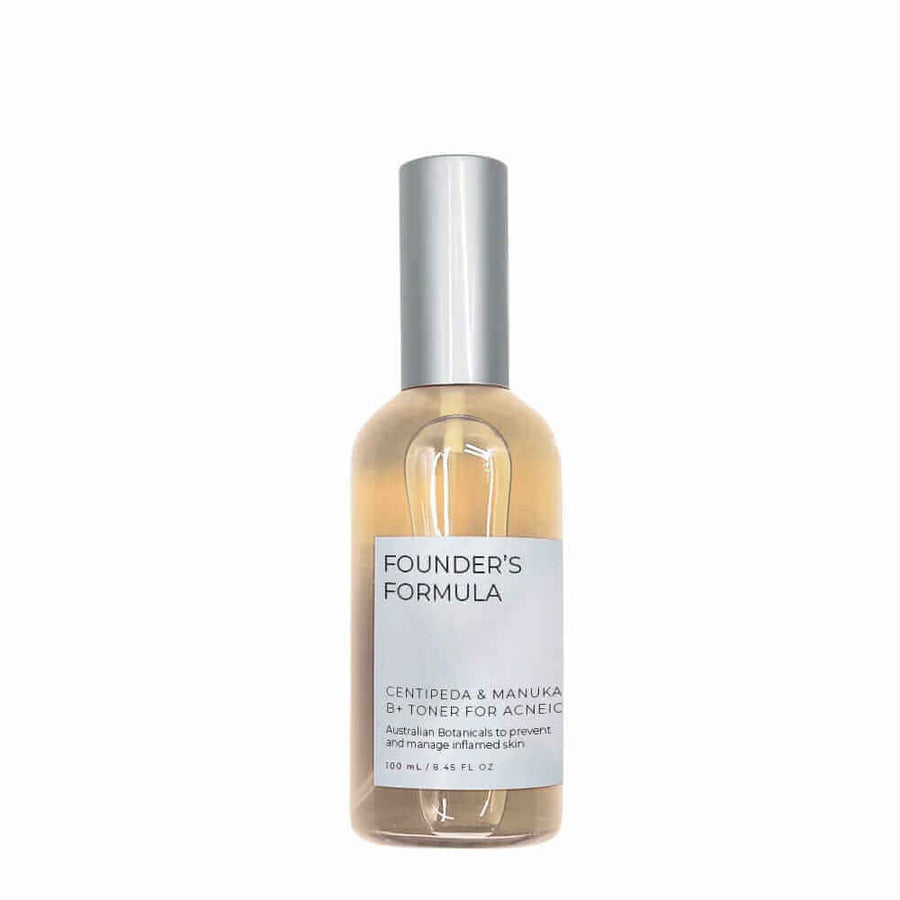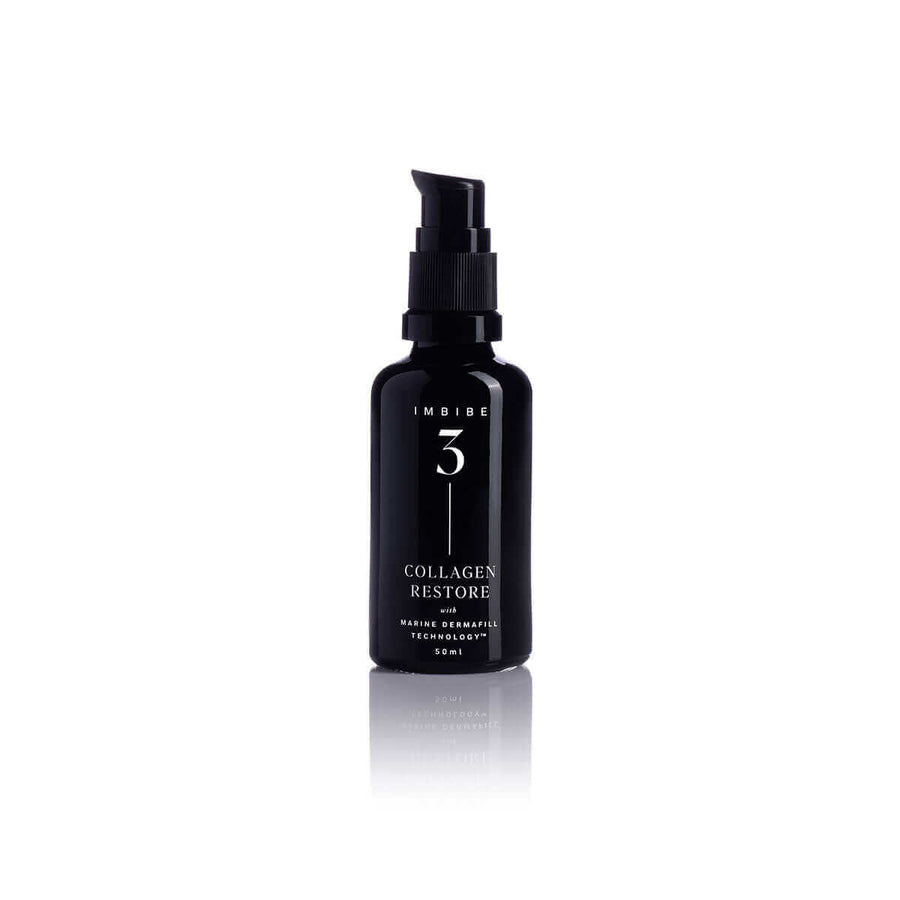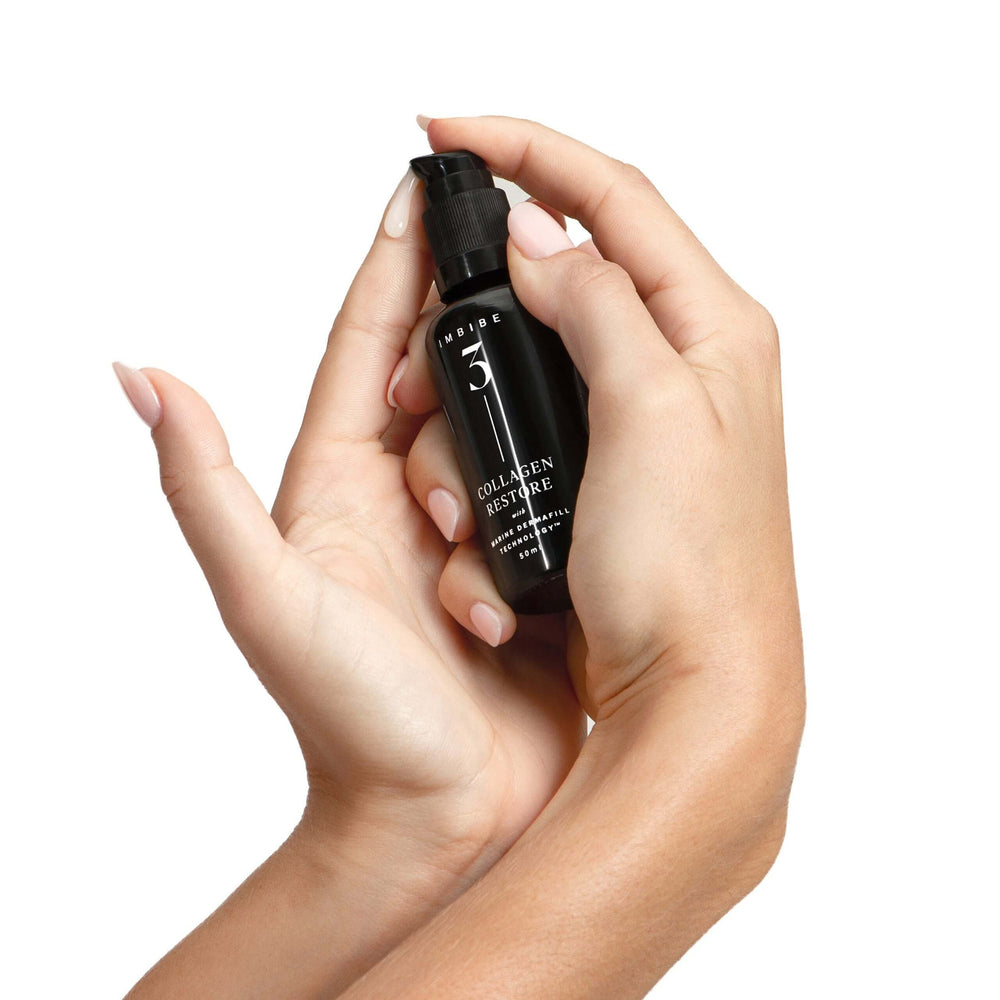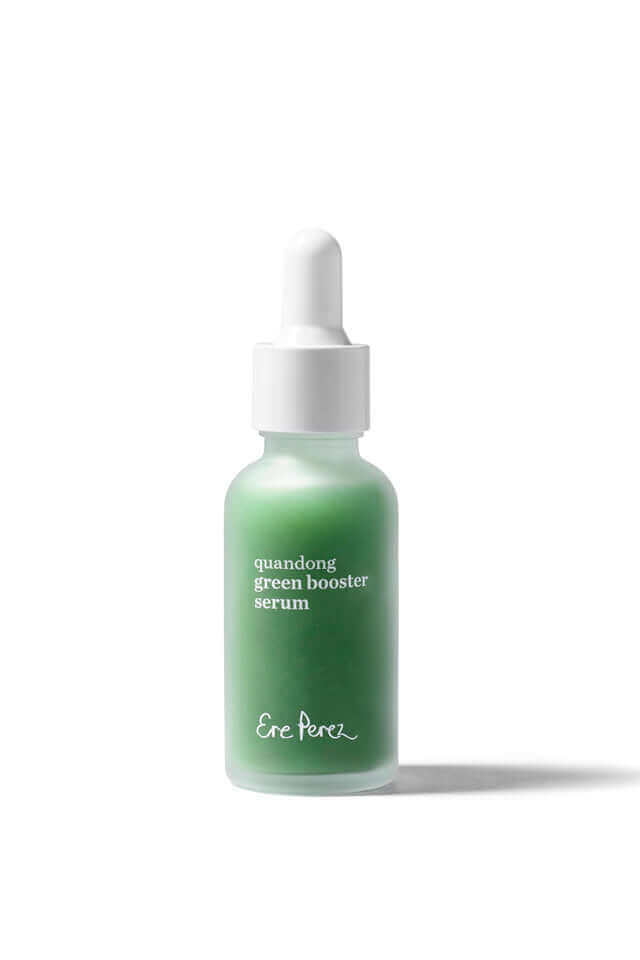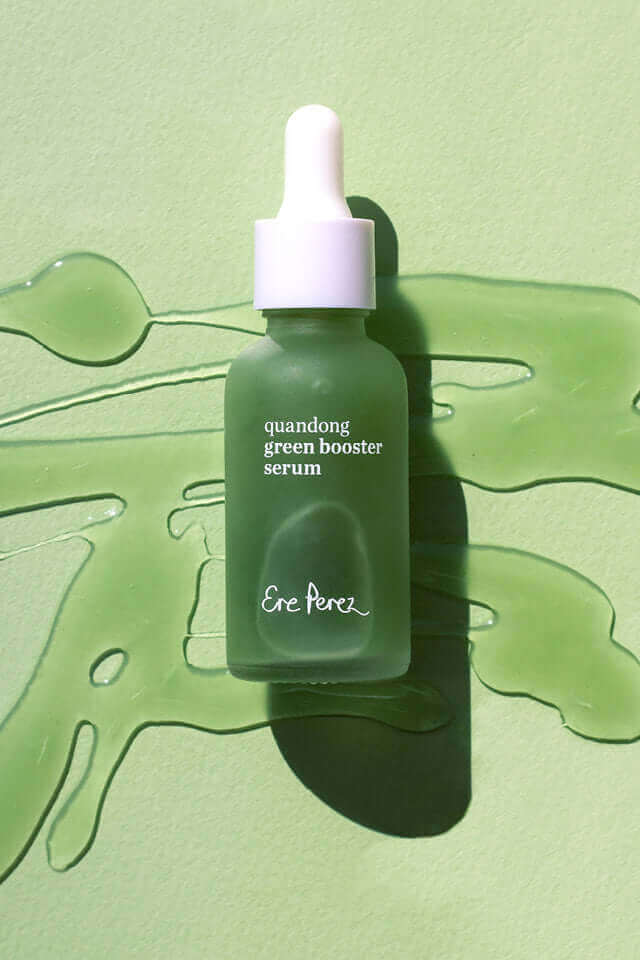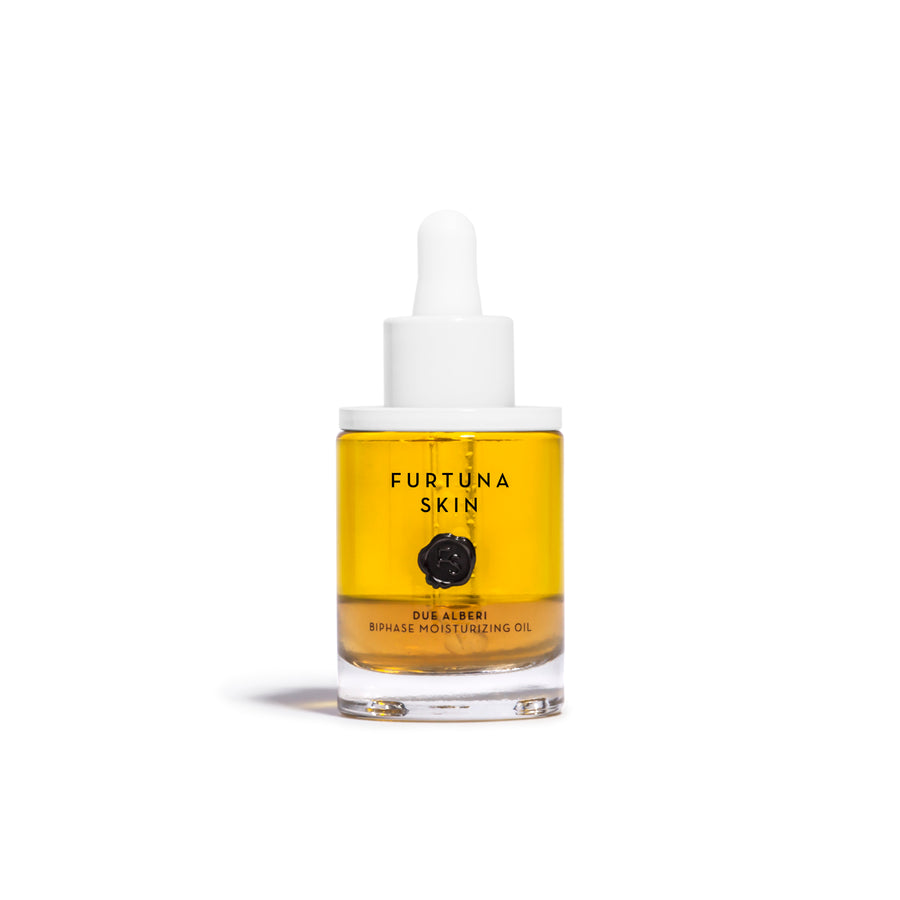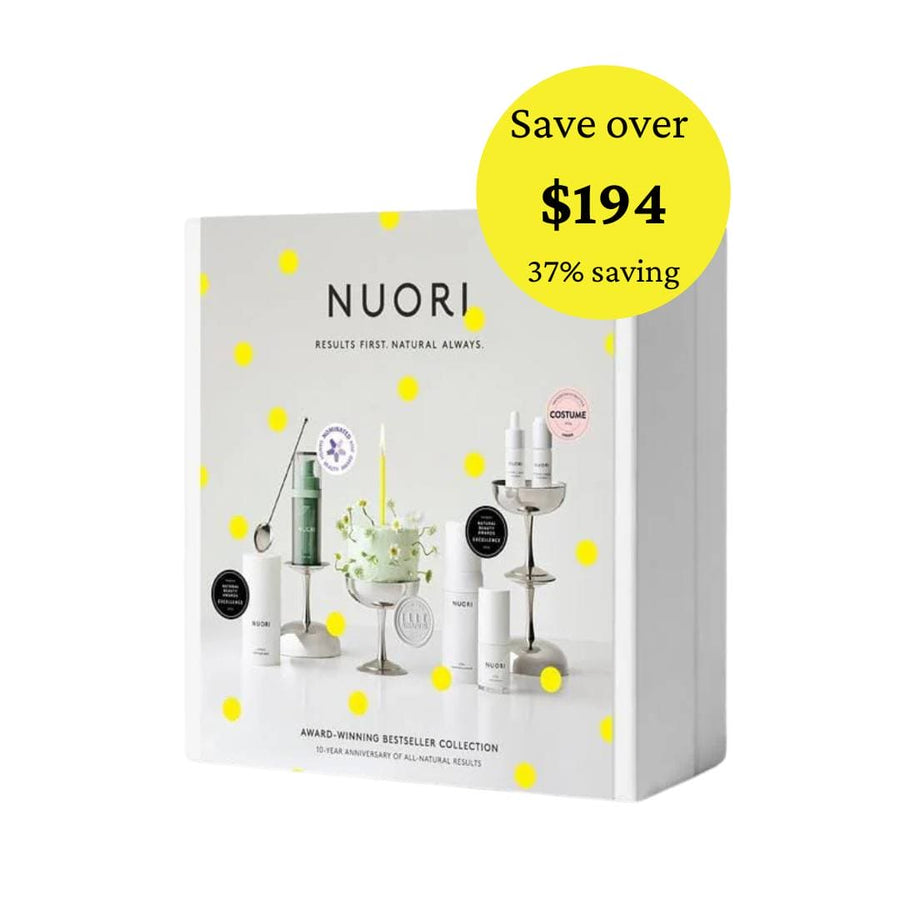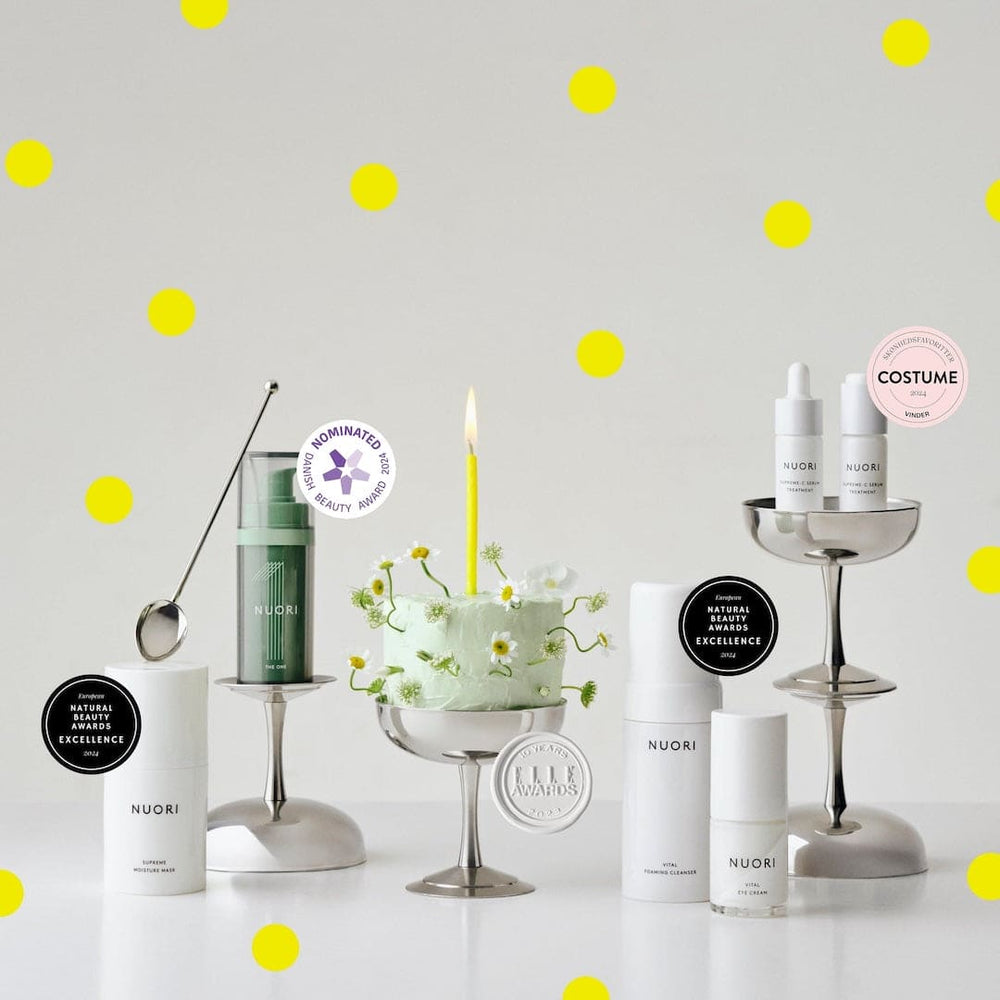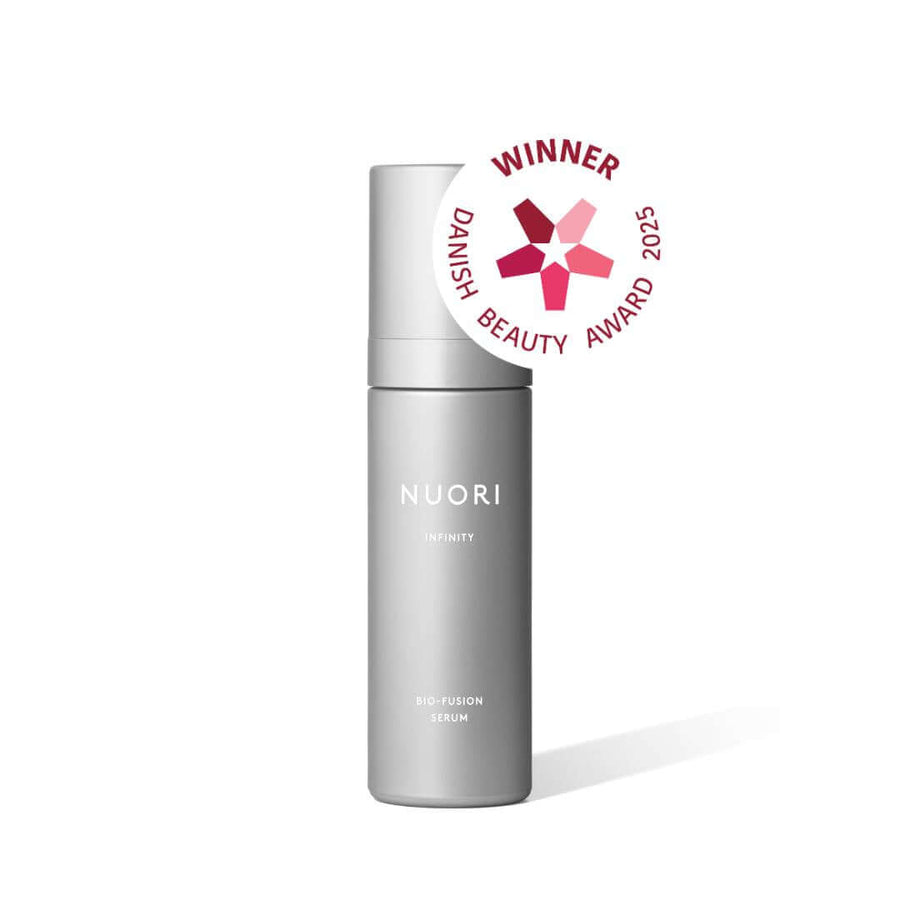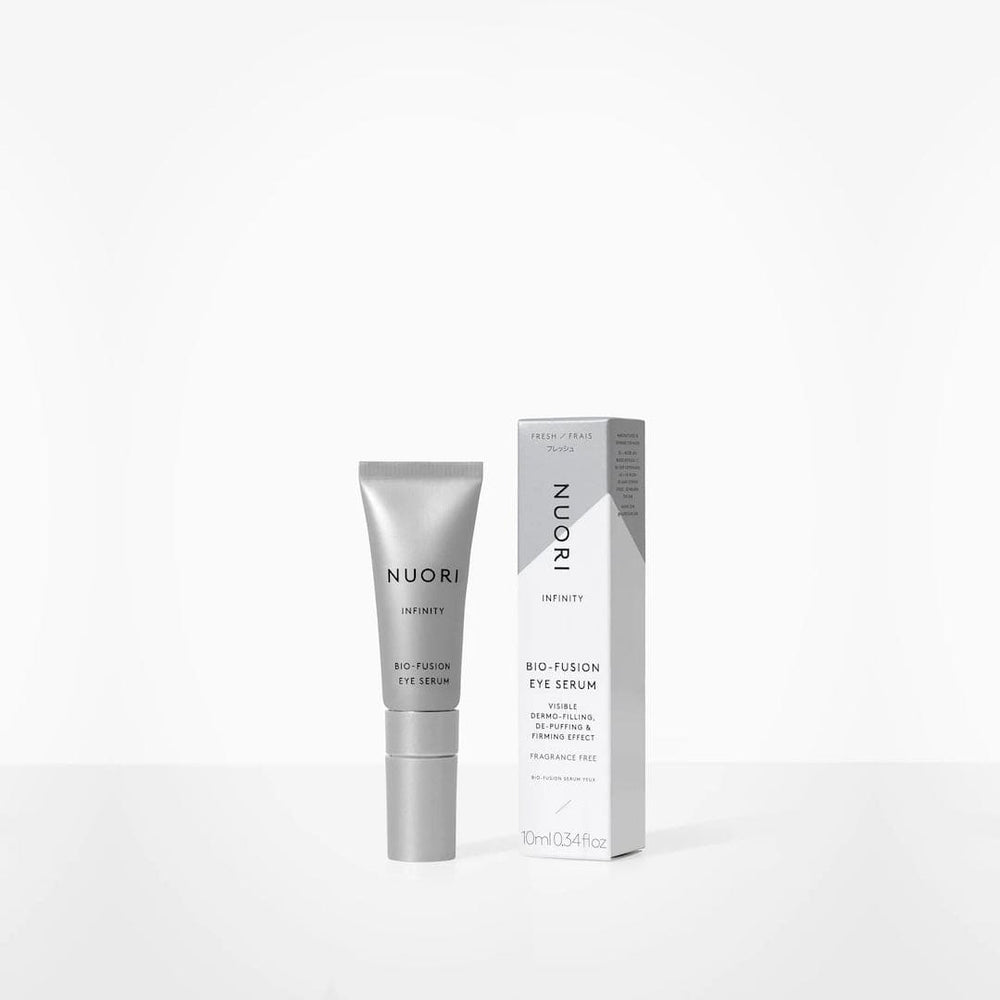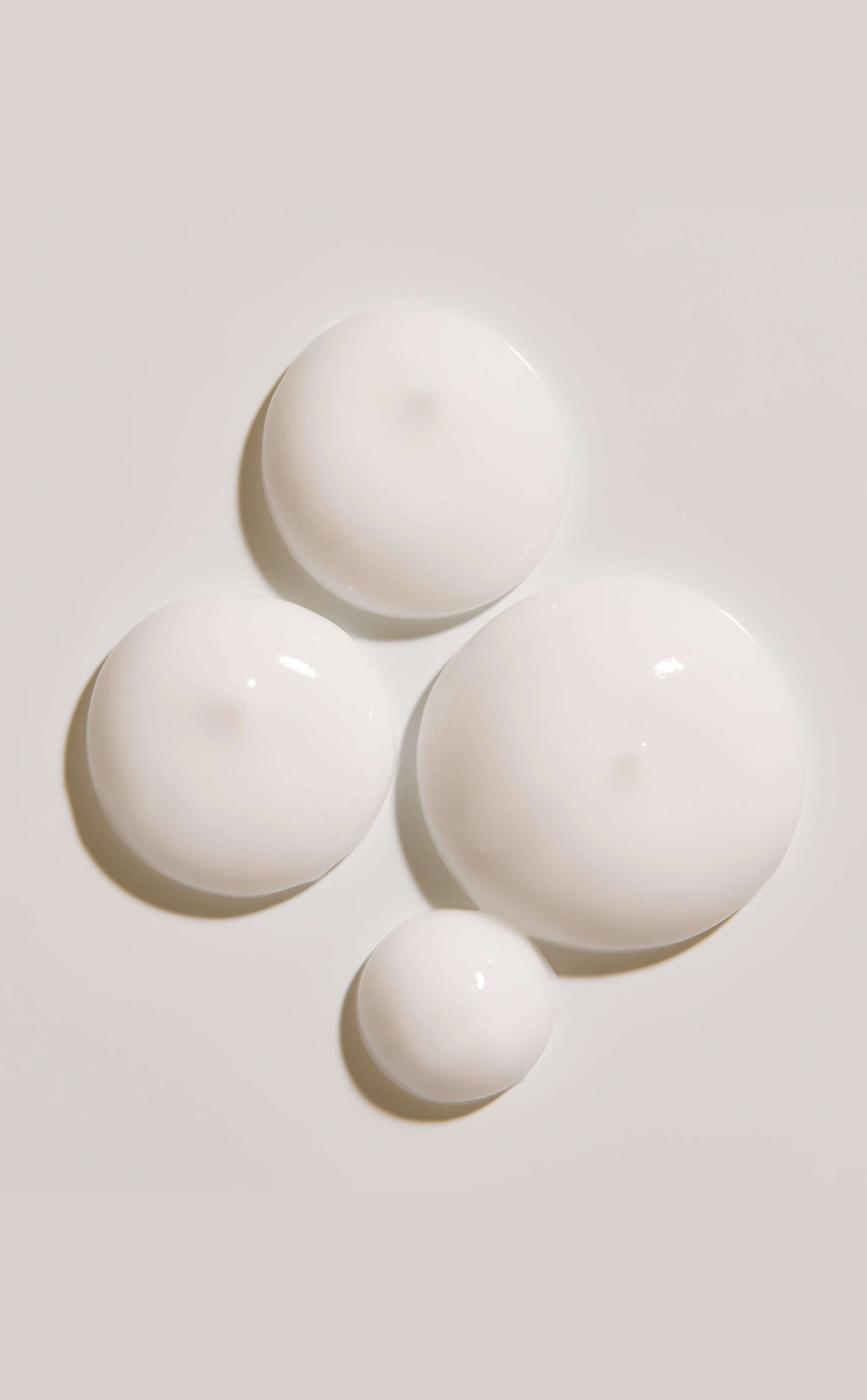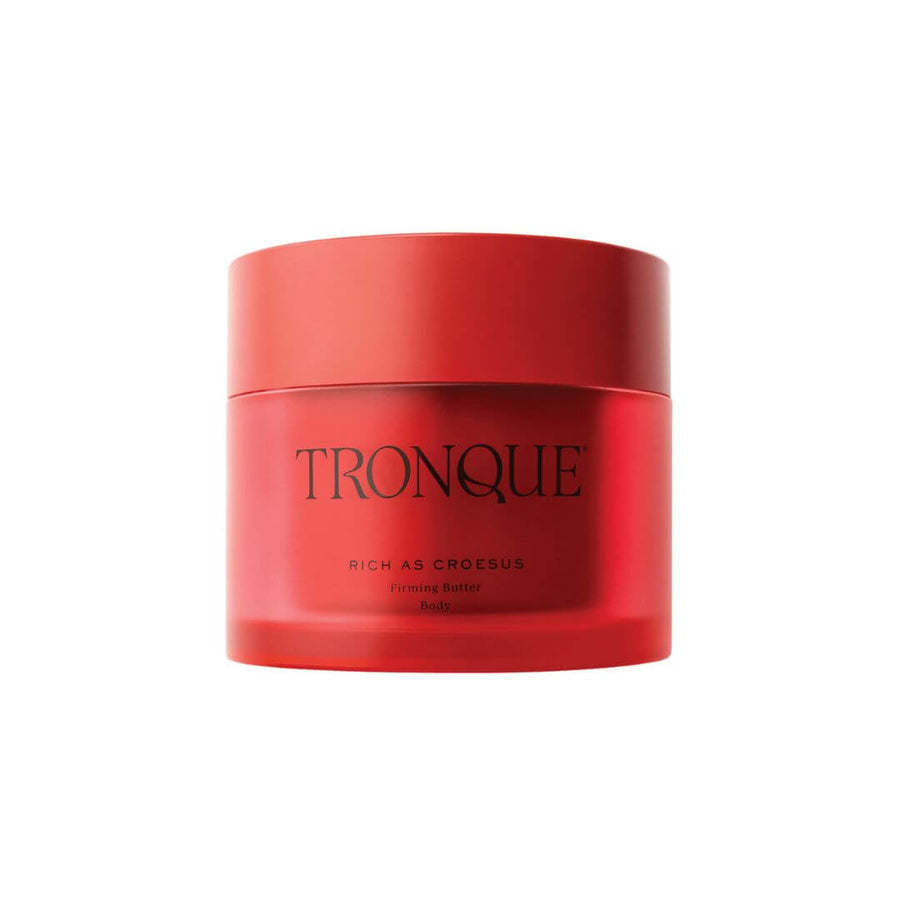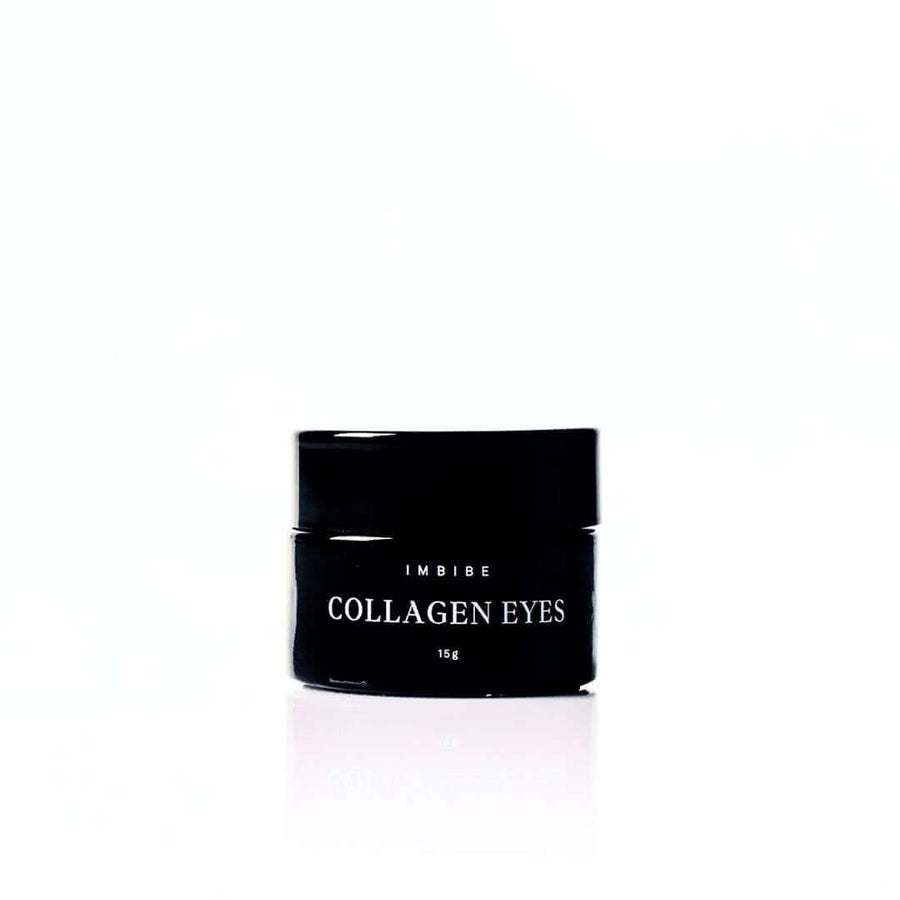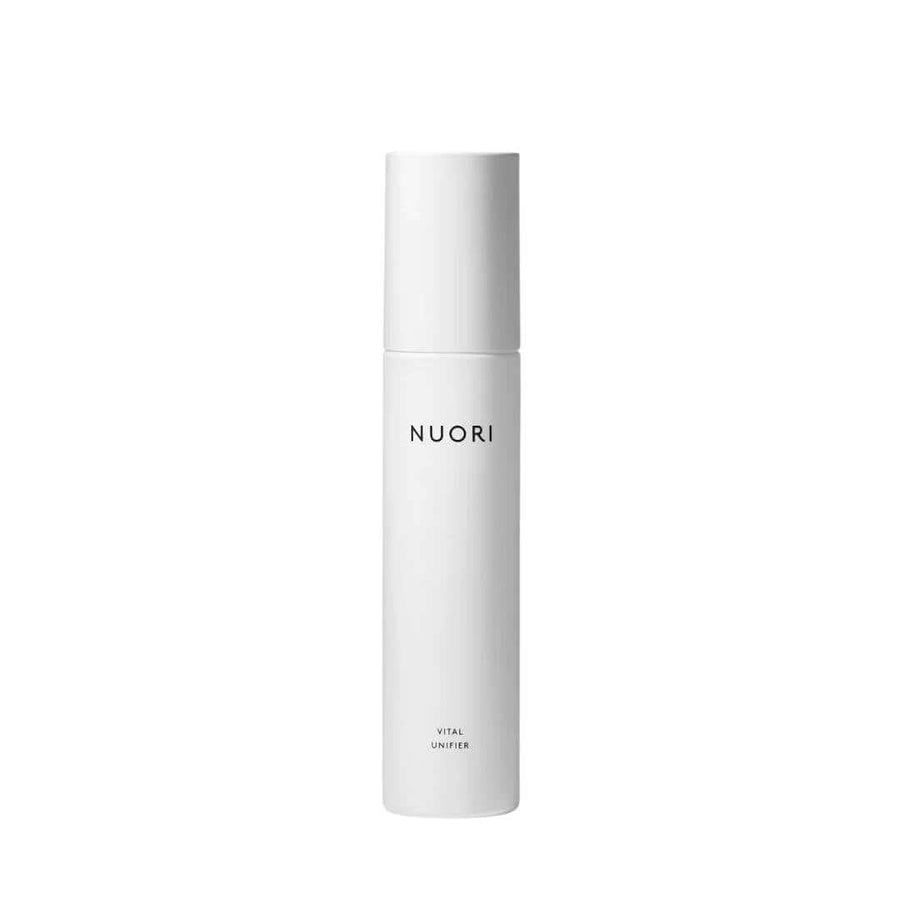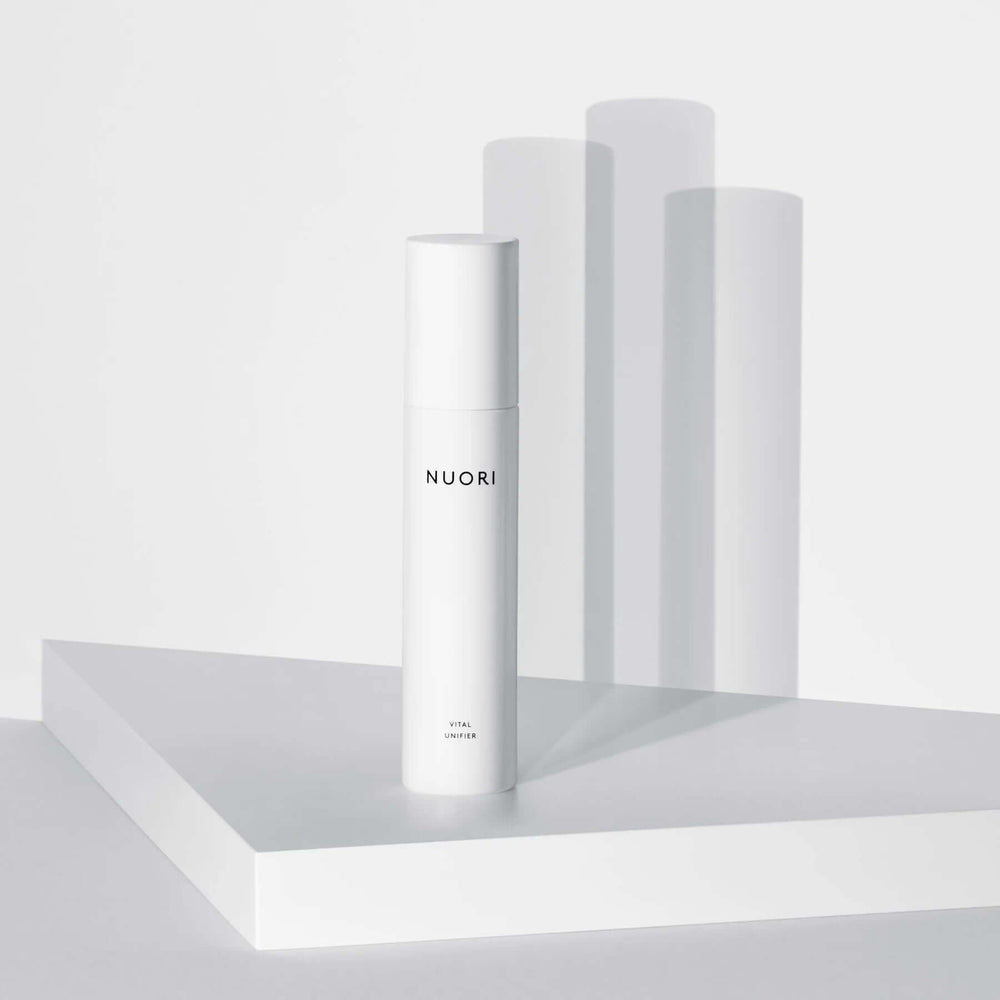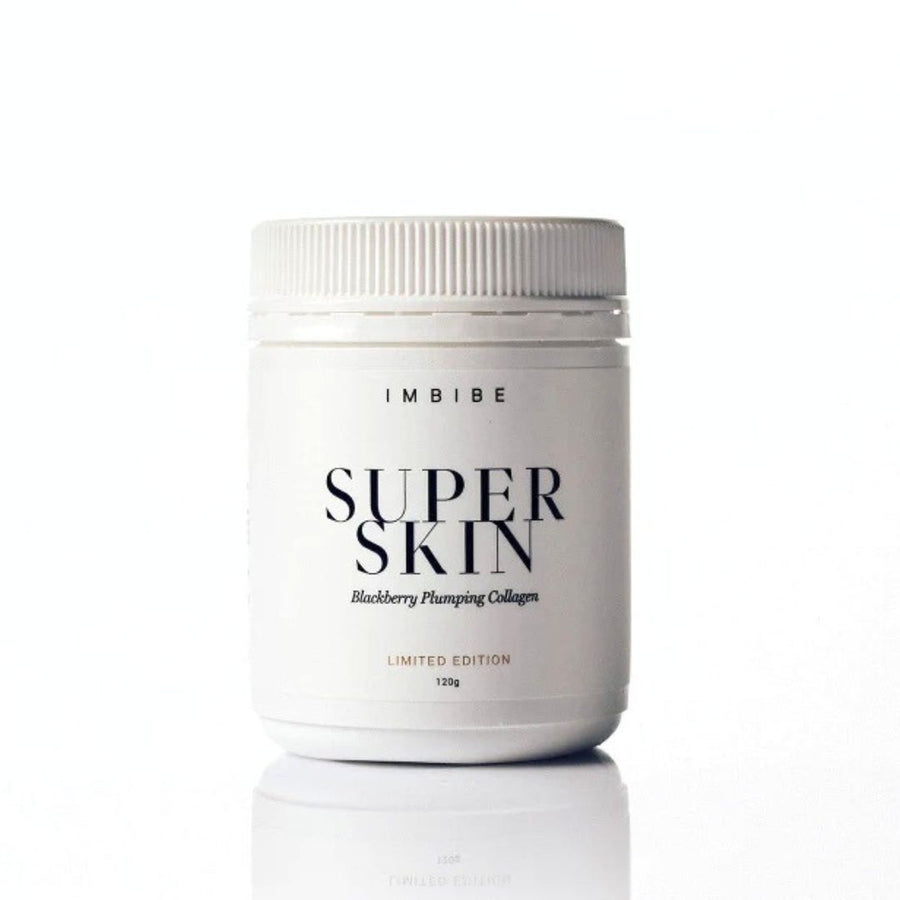Hyaluronic Acid
25 products
25 products
Explore the transformative power of our natural hyaluronic acid skincare heroes, essential for achieving youthful, hydrated skin. From anti-aging to wound healing and anti-wrinkle effects, discover how hyaluronic acid increases skin elasticity and reduces facial redness. Delve deeper into its benefits in our comprehensive Hyaluronic Acid FAQ section or for more information check out our in-depth article on the benefits of Hyaluronic acid.
Hyaluronic Acid (HA) is a potent humectant, capable of retaining moisture and binding over a thousand times its weight in water. Naturally occurring in the body, it's found in the skin, eyes, and joints. HA used in beauty products is primarily lab-made via biofermentation.
As we age, its production decreases, leading to loss of volume, hydration, and plumpness in the skin.
Incorporating Hyaluronic Acid serums into your skincare routine is essential for enhancing skin hydration. It draws moisture into the surface layer of the epidermis, effectively addressing various signs of aging like dryness, fine lines, and wrinkles.
With factors like chronological aging, external aggressors, UV exposure, irritants, and genetic predispositions damaging the skin, it can become dull with areas of hyperpigmentation and visible volume loss. Hyaluronic acid's nurturing and hydrating properties visibly revive your appearance, providing intense hydration to resolve skin concerns such as dull and dry skin.
Sodium Hyaluronate, derived from natural sources, offers all the benefits of synthetic Hyaluronic Acid with additional advantages. Its smaller molecular size allows for deeper and more efficient skin penetration, providing enhanced hydration.
In contrast, synthetic HA, due to its larger molecular size, remains on the skin's surface, creating a temporary barrier that binds water to maintain superficial hydration. However, this can lead to short-term plumping effects followed by chronic dehydration over time as moisture evaporates, exacerbating skin dryness and long-term issues.
Opting for natural Sodium Hyaluronate ensures deeper and longer-lasting hydration, promoting healthier and more resilient skin in the long run.
For optimal results, follow these steps when using a hyaluronic acid serum:
By following these steps, you can ensure that your hyaluronic acid serum effectively hydrates your skin, leaving it feeling soft, smooth, and nourished.
When incorporating a retinol or retinal serum into your skincare routine, the order of application for hyaluronic acid serum depends on the type of retinol product you're using:
By following these guidelines, you can maximise the benefits of both hyaluronic acid and retinol in your skincare routine while minimising any potential side effects.
To maximize the benefits of hyaluronic acid (HA) serum, it's best to apply it before your moisturiser. Follow these steps for optimal hydration:

Receive our Organic Cotten Muslin Face Cloth when you spend $160 or more.
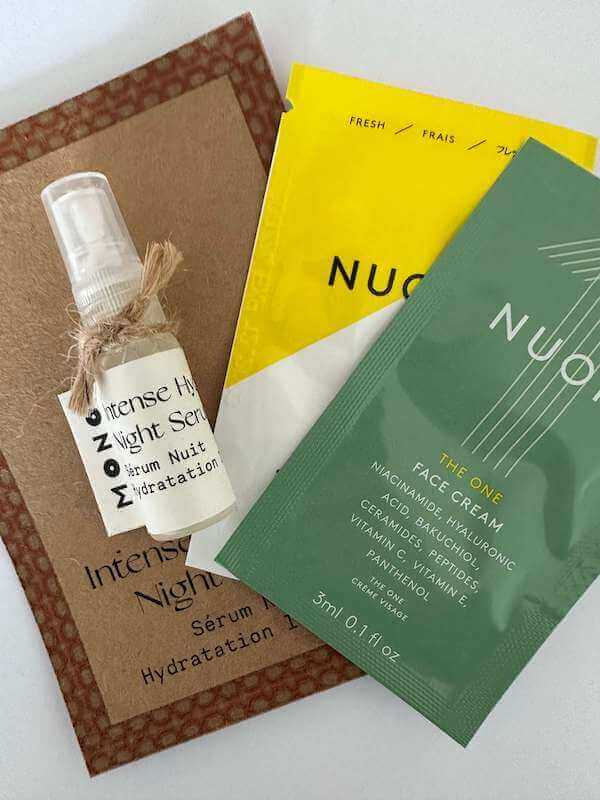
Receive complimentary samples of our bestsellers on your order.
Try our Bestsellers for Free
Subscribe today to receive complementary samples on your order, beauty updates & exclusive offers!


